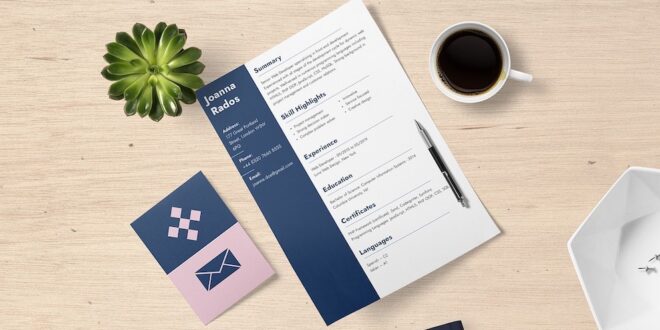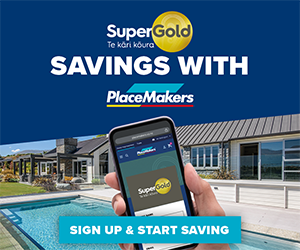 The prospect of re-entering the workforce, or looking for a new role, after a significant break from the job-market can be both exciting and daunting. Whether you’re looking to supplement retirement savings, pursue a new passion, or simply stay active, getting back into work requires a strategic approach. Here are some tips to help you navigate this journey effectively.
The prospect of re-entering the workforce, or looking for a new role, after a significant break from the job-market can be both exciting and daunting. Whether you’re looking to supplement retirement savings, pursue a new passion, or simply stay active, getting back into work requires a strategic approach. Here are some tips to help you navigate this journey effectively.
Assess Your Career Goals
Before diving into the job search, take some time to reflect on what you want to achieve. Identify your skills, interests, and the type of work environment you thrive in. This self-assessment will guide your job search and help you target positions that align with your goals.
Updating Your Resume
Choose the Right Format: Start by selecting a resume format that best showcases your skills and experiences. For individuals with extensive experience or those returning to the workforce after a break, a functional resume format can be highly effective. This format focuses on your skills and achievements rather than a chronological work history, allowing you to highlight relevant abilities prominently.
Highlight Key Skills: Identify the key skills most relevant to the positions you’re targeting. These could include leadership abilities, project management skills, technical proficiencies, communication strengths, problem-solving capabilities, and industry-specific expertise. Use concise bullet points to showcase these skills in a clear and impactful manner.
Showcase Achievements: Rather than just listing job responsibilities, emphasize your achievements and contributions in each role. Quantify your accomplishments whenever possible by using numbers, percentages, or measurable outcomes. For example, mention how you increased sales by a certain percentage, streamlined processes to improve efficiency, or led a successful team project that delivered tangible results.
Address Employment Gaps: If you have significant gaps in your work history, address them proactively in your resume. Briefly explain the reason for the gap (e.g., pursuing further education, caregiving responsibilities, voluntary work, personal development) and highlight any relevant experiences or skills gained during that time.
Include a Professional Summary: Begin your resume with a professional summary that captures your strengths, experiences, and career objectives. This brief section serves as an introduction to your profile and should entice recruiters to continue reading.
Customise for Each Application: Tailor your resume for each job application by aligning your skills and experiences with the specific requirements of the role. Use keywords from the job description to ensure your resume passes through applicant tracking systems (ATS) and catches the attention of hiring managers.
Seek Feedback: After updating your resume, consider seeking feedback from trusted colleagues, mentors, or friends. Constructive feedback can help you refine your resume further and ensure it effectively showcases your qualifications.
Using Your Cover Letter to Reveal Who You Really Are
Being a mature worker, you may have to contend with a few stereotypes during your job search. Some include you being less productive than your younger counterparts, being more resistant to newer technologies, and the idea you might be set in your ways. Of course, none of those descriptions define who you really are. But it’s up to you to help prospective employers understand this.
One way to do so is by explaining how important it is for you to expand the landscape of your career. You’re not in it for the money, you simply want to grow and learn. If you’ve recently received any advanced degrees, or additional education, don’t hesitate to mention it. And most importantly, let employers know you have no intentions of leaving the industry any time soon – you’re still getting your feet wet.
Network Effectively
Leverage your existing network and expand it by attending industry events, workshops, and networking mixers. Networking can lead to valuable connections and job opportunities that may not be advertised publicly. Even just catching up with friends and letting them know you are on the hunt for a job could open up opportunities.
Stay Updated
Keep abreast of industry trends, technologies, and best practices. Continuous learning shows potential employers you’re committed to professional growth and staying relevant in your field.
Preparing for Interviews
Practice common interview questions and prepare compelling examples demonstrating your skills and experiences. Showcase how your past achievements can benefit the prospective employer.
Confidence is Key
You may be feeling uncertain about your ability to compete in an already competitive job search. But don’t let this deter you. You have years of experience under your belt and the skill level to match. Make sure you maintain your confidence throughout your job search process. It will shine through in your resume, cover letter, and face-to-face interview.
Remember, getting back into the workforce may require patience and persistence, but with the right approach, you can secure a fulfilling job that aligns with your aspirations. Stay proactive, stay focused, and embrace this new chapter in your professional journey.










Join the Discussion
Type out your comment here:
You must be logged in to post a comment.